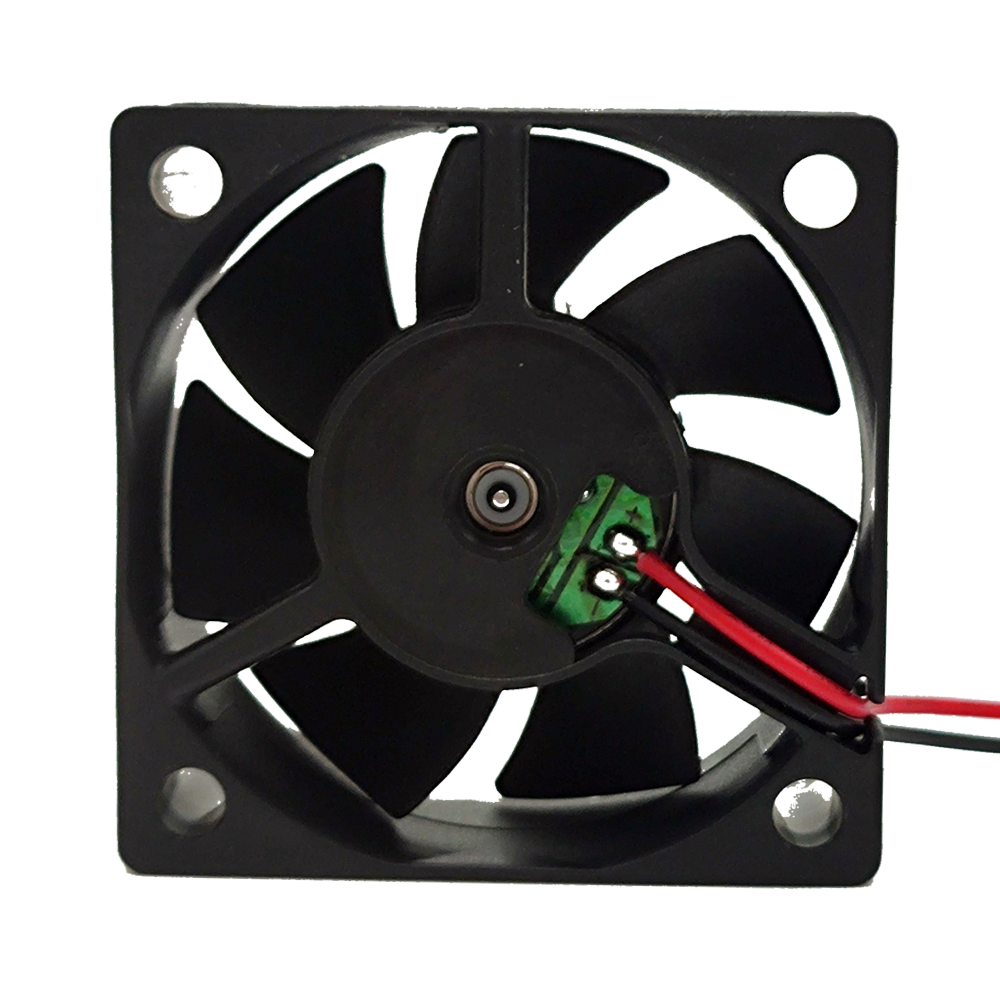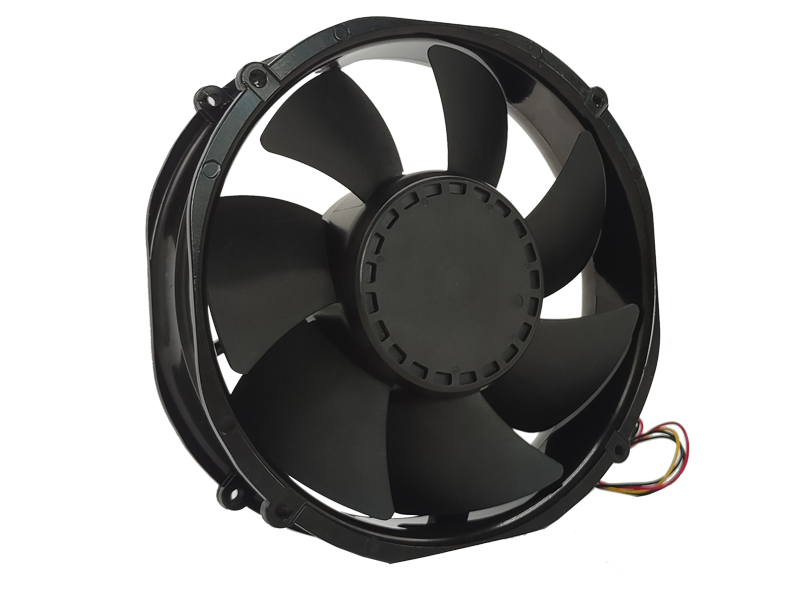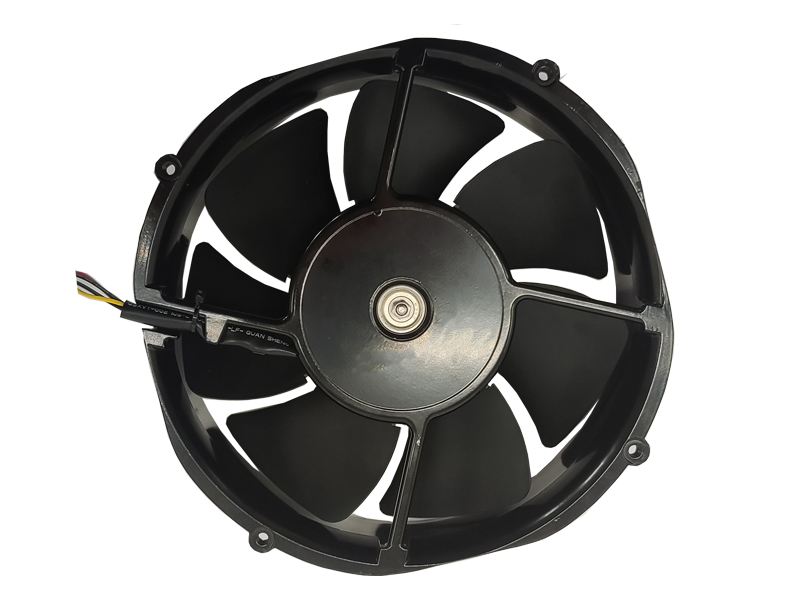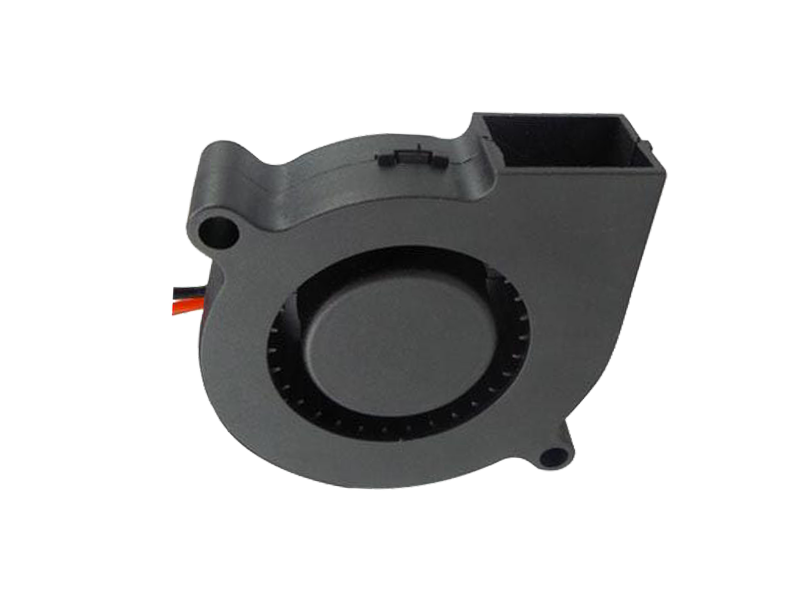In industrial environments, maintaining optimal airflow and cooling is crucial for both machinery and human comfort. Industrial fans, the unsung heroes of ventilation systems, have evolved tremendously over the years. From basic cooling solutions to cutting-edge, energy-efficient systems, industrial fans are pivotal in ensuring safety, productivity, and energy savings. In this article, we’ll explore the latest innovations in industrial fan technology, the importance of selecting the right fan for specific needs, and how advancements in fan design are revolutionizing industries across the globe.
1. The Need for Industrial Fans
Industrial fans serve several essential purposes in industrial settings. From ventilation and air circulation to cooling machinery and workers, these fans help regulate temperature, improve air quality, and maintain optimal working conditions. The need for industrial fans arises from the following factors:
Temperature Control: Manufacturing plants and industrial settings often involve high-energy machines that generate excessive heat. Industrial fans help in heat dissipation, preventing machinery from overheating and ensuring it operates efficiently.
Air Quality Improvement: Dust, fumes, and gases are common in manufacturing, chemical processing, and other industries. Industrial fans are integral to removing airborne contaminants, ensuring a healthier environment for employees.
Energy Efficiency: Modern industrial fans are designed to move large volumes of air with minimal energy consumption. As energy prices rise and environmental regulations tighten, energy-efficient fans help companies reduce costs and lower their carbon footprint.
2. Key Features and Innovations in Modern Industrial Fans
Recent advancements in fan design and technology have led to significant improvements in performance, efficiency, and versatility. Some of the key innovations in industrial fans include:
a) Energy-Efficient Motors and Variable Speed Drives
One of the most impactful innovations in industrial fans is the integration of energy-efficient motors and variable speed drives (VSDs). Traditional industrial fans operate at a constant speed, which is often wasteful, especially in environments where air circulation needs vary throughout the day. VSDs, on the other hand, allow the fan's speed to be adjusted in real-time, depending on the demand for airflow. This not only reduces energy consumption but also extends the lifespan of the fan by minimizing wear and tear.
Energy-efficient motors, designed to meet or exceed industry standards, convert electrical energy into mechanical energy more efficiently, reducing wasted energy. This can lead to significant cost savings for businesses operating in large facilities or with demanding ventilation needs.
b) Advanced Fan Blades and Aerodynamics
The design of fan blades plays a vital role in both airflow efficiency and noise reduction. Modern industrial fans are equipped with aerodynamically optimized fan blades that minimize resistance, allowing the fan to move air more efficiently. This results in higher airflow at lower energy consumption.
Manufacturers also use composite materials and other lightweight yet durable materials to construct fan blades that can withstand demanding conditions, including high temperatures, moisture, and corrosive environments. As a result, the durability of modern industrial fans has improved, leading to lower maintenance costs.
c) Noise Reduction Technology
Noise is a common concern in large industrial facilities where machinery operates at high speeds. Industrial fans, in particular, can contribute to significant noise pollution, which can impact worker health and productivity. Recent innovations in noise reduction technology have addressed this issue by designing fans that operate more quietly without compromising airflow efficiency. Features like acoustic dampening materials, vibration-reducing components, and advanced fan blade designs have helped reduce noise levels, improving the working environment.
d) Smart Technology Integration
As the industrial sector continues to embrace Industry 4.0, smart industrial fans equipped with sensors, remote monitoring capabilities, and predictive maintenance features are becoming increasingly popular. Smart sensors within these fans can monitor parameters like temperature, humidity, airflow, and energy consumption in real-time, enabling businesses to optimize fan operation and ensure maximum efficiency.
Remote monitoring capabilities allow facility managers to control and adjust fan settings from a centralized location, which is especially useful for large-scale operations. Moreover, predictive maintenance systems can alert managers to potential issues before they become critical, reducing downtime and maintenance costs.
3. Selecting the Right Industrial Fan for Your Needs
With so many options available, choosing the right industrial fan for a specific application can be daunting. However, several factors should be considered to ensure the fan meets the specific needs of the facility:
a) Airflow Requirements
Different industrial applications require varying amounts of airflow, which is typically measured in cubic feet per minute (CFM) or liters per second (L/s). When selecting a fan, it’s essential to understand the airflow requirements of the facility. Factors like room size, the number of machines, and the specific cooling or ventilation needs will determine the necessary airflow.
b) Pressure Requirements
In some cases, air must be moved through ducts or restricted spaces, which increases the fan's required air pressure. Centrifugal fans are often chosen for such applications, as they can handle higher pressures than axial fans, making them suitable for ducted systems and environments with more resistance to airflow.
c) Noise Levels
Fan noise can be disruptive in many industries, especially in environments that require a quieter operation. When selecting a fan, consider the noise levels, particularly if the fan will be installed in an office building, hospital, or research facility. Look for fans with low-noise designs or sound dampening features if noise is a significant concern.
d) Durability and Material Selection
Industrial environments can be harsh, with fans exposed to extreme temperatures, moisture, dust, and corrosive substances. Therefore, selecting a fan made from durable materials such as corrosion-resistant metals or specialized coatings is important for longevity. Stainless steel or galvanized steel are commonly used for their resistance to rust and corrosion.
4. The Future of Industrial Fans

The future of industrial fans is likely to be shaped by a combination of efficiency improvements, smart technology integration, and sustainability concerns. With industries becoming more focused on reducing their environmental impact, fans are expected to evolve with a greater emphasis on energy-saving features and low-carbon technologies.
Additionally, as more companies move toward automated systems and smart manufacturing, industrial fans will become more integrated into overall facility management systems. Predictive maintenance, real-time monitoring, and IoT (Internet of Things) connectivity will allow industrial fans to perform with higher precision and reliability, reducing the need for manual interventions and ensuring energy is used as efficiently as possible.
5. Conclusion
Industrial fans are indispensable in modern manufacturing and commercial facilities. As industries demand more efficiency, innovation in fan technology has resulted in products that offer higher airflow, lower energy consumption, quieter operation, and greater durability. Choosing the right fan involves considering factors such as airflow, pressure requirements, noise levels, and material durability.
With continued advancements in fan design and technology, the role of industrial fans in improving operational efficiency, worker comfort, and energy savings will only continue to grow. As businesses become more conscious of their environmental footprint, sustainable industrial fans will play an increasingly vital role in achieving these goals.
Recommended Products

The main purpose:Car charging station

The main purpose:Car charging station

The main purpose:Electronic refrigerators, water dispensers, direct drinking machines, inverter power supplies
Address:No. 4137, Longgang Avenue (Henggang Section), Henggang Community, Henggang Street, Longgang District, Shenzhen
hotline:13530005572(Chen)15112579390(Li)


Welcome all friends to come for consultation and negotiation.
Copyright 2024 @ Shenzhen Youneng Xinyuan Electronics Co., Ltd.,(industrial fans,industrial blowers,axial fans,cooling fans manufacturer,centrifugal fans,ac cooling fans,dc cooling fans)